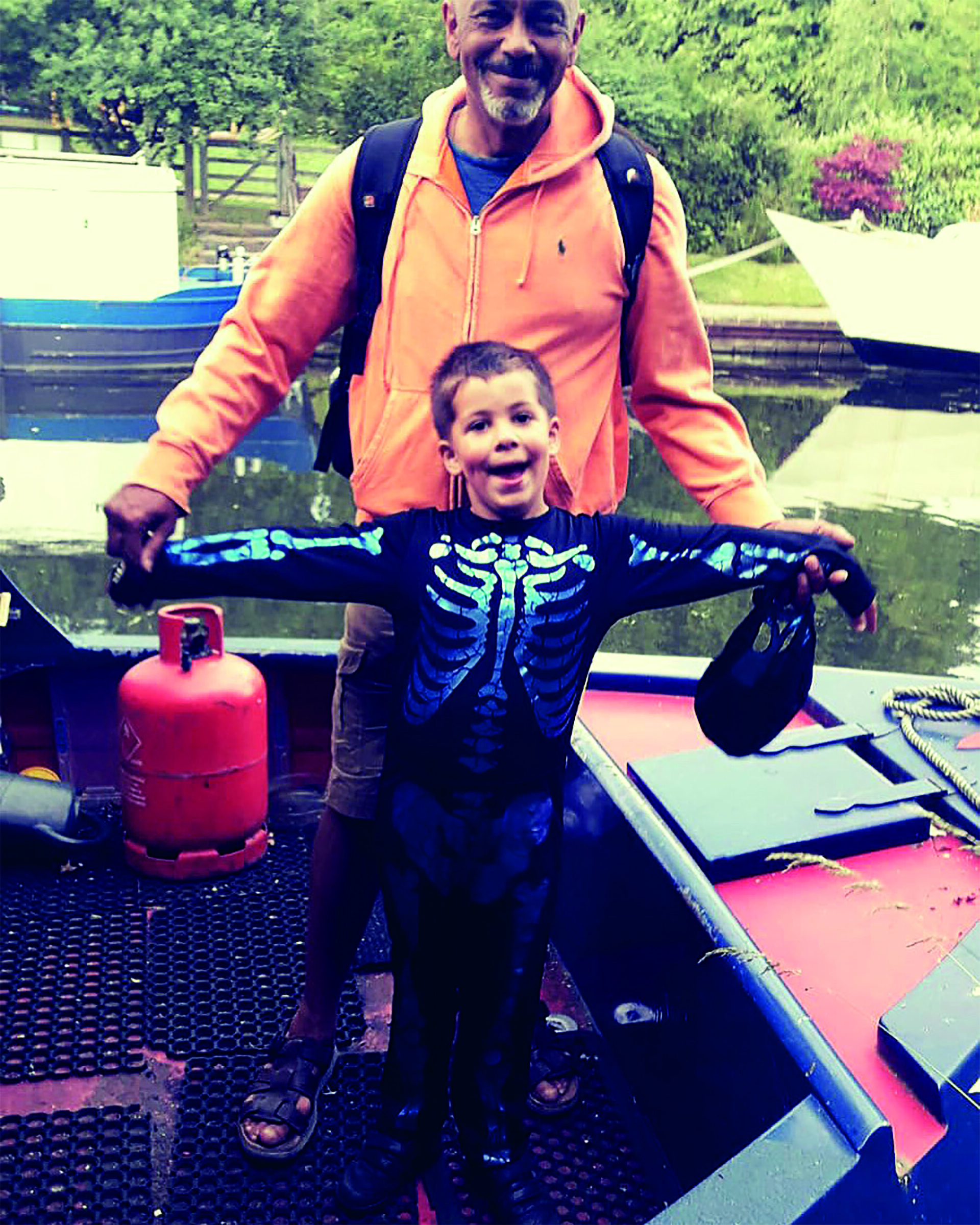How Waterways Can Help
Waterways can improve the health and wellbeing of people living near or on them, and are well placed to deliver social prescribing.
The Lowland Canals of Scotland were restored with Millennium funding and reopened in 2001. Studies carried out since then into the impact of the waterways on people in areas of high socioeconomic deprivation found living beside a restored waterway cuts the risk of chronic disease and improves longevity.
Health practitioners are increasingly prescribing non-clinical services to address social, emotional or practical needs, such as mental health. Waterway-based activities including canoeing and paddleboarding, as well as towpath walking, jogging and even volunteering, are now available on prescription in many places.
Meanwhile, social workers and other professionals supporting troubled young people find that walking along a canal or river often encourages them to open up in ways they would never do in face-to-face formal meetings.
Investment in access to towpaths and waterway-based activities will bring these opportunities to many more people.


